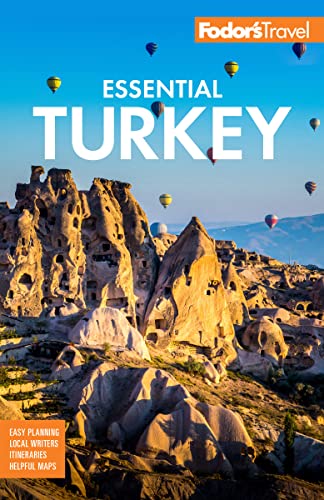This is Turkey at its most Middle Eastern, with golden-color stone houses, religious shrines filled with visiting pilgrims, and an authentic bazaar displaying mounds and mounds of the local specialty—dried red pepper flakes, in various shades and levels of spiciness. Formerly a sleepy and arid frontier town that underwent a huge boom due to GAP (the Güneydo?u Anadolu Projesi, or Southeast Anatolia Project, a large-scale damming and irrigation program undertaken by the Turkish government), Urfa has a long history even by Turkish standards. For Muslims Urfa is most famous as the supposed birthplace of the biblical patriarch Abraham. A half dozen mosques crowd around the cave where many Muslims believe Abraham was born, and a pool near the cave is filled with what are believed to be sacred carp. Urfa is also the heartland of the unromantically named Pre-Pottery Neolithic Era, a stage of prehistory some 13,500 years ago when humankind was making the first steps toward settlement and agriculture. In the Urfa Museum you can see what is arguably the world's oldest statue and at nearby Göbekli Tepe you can see the oldest temple construction.
Urfa is sometimes known as ?anl?urfa; ?anl?, or "famous," was added by an act of parliament to the city's name in 1984 to commemorate the city's resistance to the French military occupation of the area following World War I. Urfa's old town, at the southern foot of Divan Caddesi, is a remarkable mix of Byzantine, Arab, and Ottoman architecture, albeit heavily eroded over the centuries.




